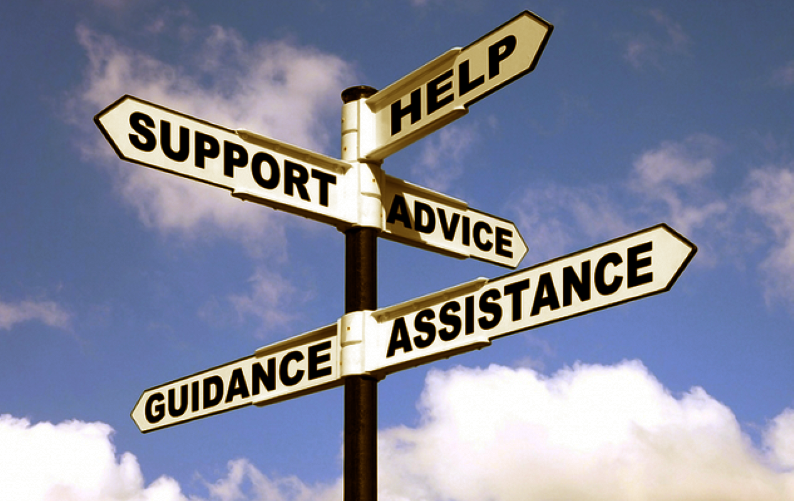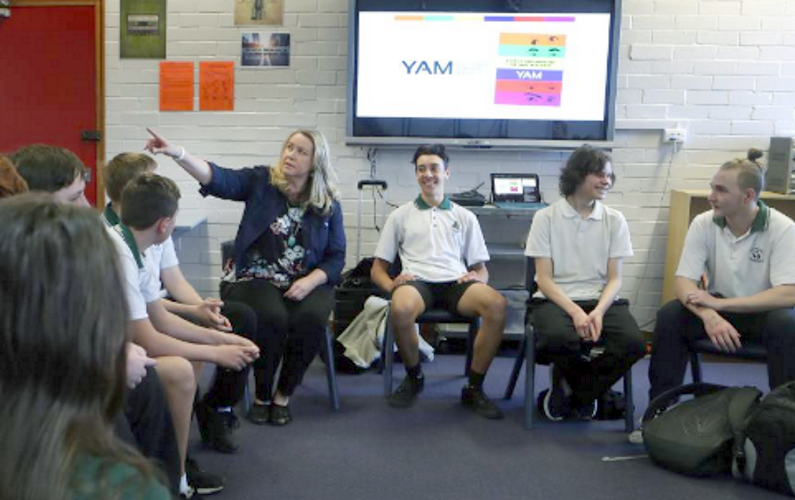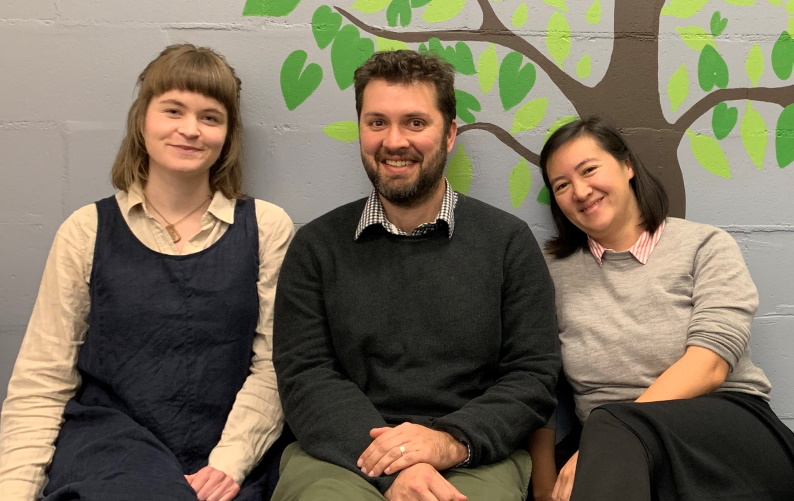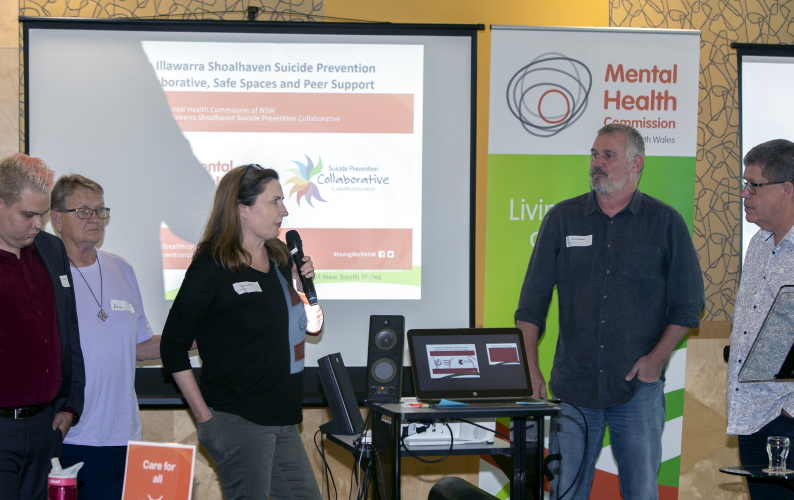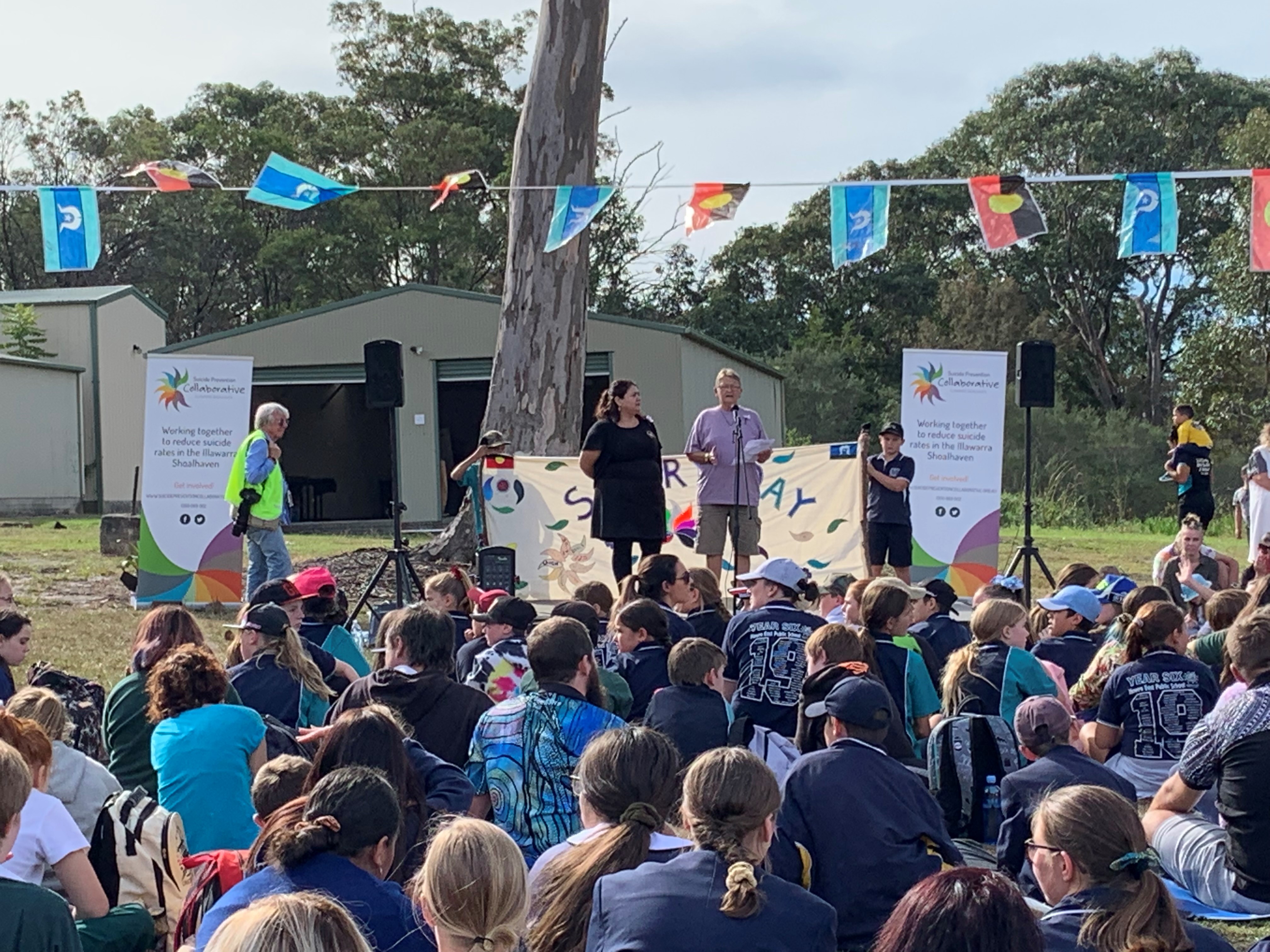
Since 2016, the Collaborative has been implementing the LifeSpan approach across the Illawarra Shoalhaven, as one of four trial site regions in NSW. LifeSpan is a new, evidence-based, integrated approach to suicide prevention that combines nine strategies that have strong evidence for suicide prevention into one community-led approach.
LifeSpan has formed the basis of our work over the past two years and we’d like to say a massive thank you to the Black Dog Institute for supporting us.
Moving forward, whilst we will continue to implement the LifeSpan framework, we have also started working on other areas recognised as priorities for our members, such as non-clinical supports and postvention.
Find out more about what we are working on below.
What the Collaborative has achieved so far
Since its launch, the Collaborative has implemented a wide range of innovative and locally produced programs and services across the Illawarra Shoalhaven region.
In the early stages, the Collaborative was a trial site for the LifeSpan framework: an evidence-based, integrated approach to suicide prevention developed by the Black Dog Institute. As a LifeSpan trial site, the aim was to build a safety net for the Illawarra Shoalhaven community by connecting and coordinating new and existing programs in the region, and involving people with lived experience of suicide.
The integration of LifeSpan into the Collaborative’s ethos resulted in one of the most comprehensive regional suicide prevention efforts ever undertaken in Australia. The Collaborative has successfully developed and delivered a range of suicide prevention initiatives to connect local people with the right support, such as the following projects:
- Question, Persuade, Refer (QPR) training – The Collaborative facilitated and promoted Question, Persuade, Refer (QPR) suicide prevention training across the region. In 2018, the Collaborative partnered with the Illawarra Mercury newspaper to run #care2qpr, an award-winning media campaign that resulted in almost 3,000 people signing up for the training.
- Youth Aware of Mental Health (YAM) training – We continue to support the rollout of Youth Aware of Mental Health (YAM) across local schools. YAM is a school-based program that teaches young people how to look after themselves and their school mates. In 2019, the training was delivered to more than 6,900 students in Year 9. The Collaborative worked closely on all aspects of the program’s implementation, from preparing resources and recruiting schools, to coordinating YAM instructors.
- Safe Spaces – Our lived experience members continue to be involved in the development of Safe Spaces: drop-in spaces staffed by peer workers with their own lived experience of crisis and recovery. These spaces aim to provide a genuine alternative to emergency departments for people in suicidal distress.
- 'Where to go for support' resource – In 2019, we developed a ‘Where to go for support’ resource that highlights local support services. More than 23,000 resources have now been distributed by local organisations and community groups.
- NextSteps – In 2017, we contributed to the development of new services that improve support for people impacted by suicide. This includes the local NextSteps program, an aftercare program for people who have presented to an emergency department for a suicidal crisis. The program supports a person's transition from hospital-based care to the community.

